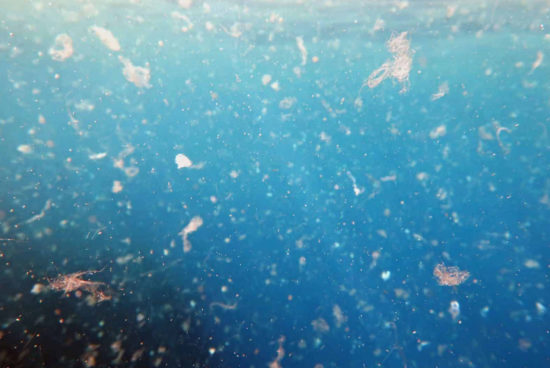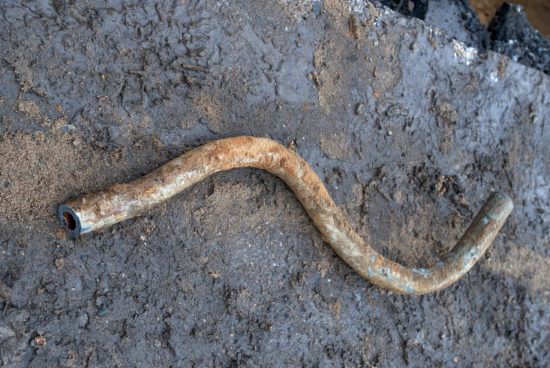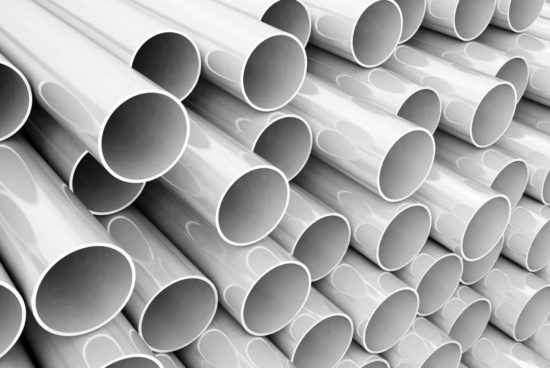Water Quality and the Global Microplastic Crisis
Water Quality and the Global Microplastic Crisis The use of plastic piping has become commonplace, yet there is mounting evidence that plastic is directly damaging water quality. Over the past few years, several third-party studies have made three conclusions: microplastic fragments are abundantly present in water, humans are unknowingly consuming them, and they release toxins when … more



